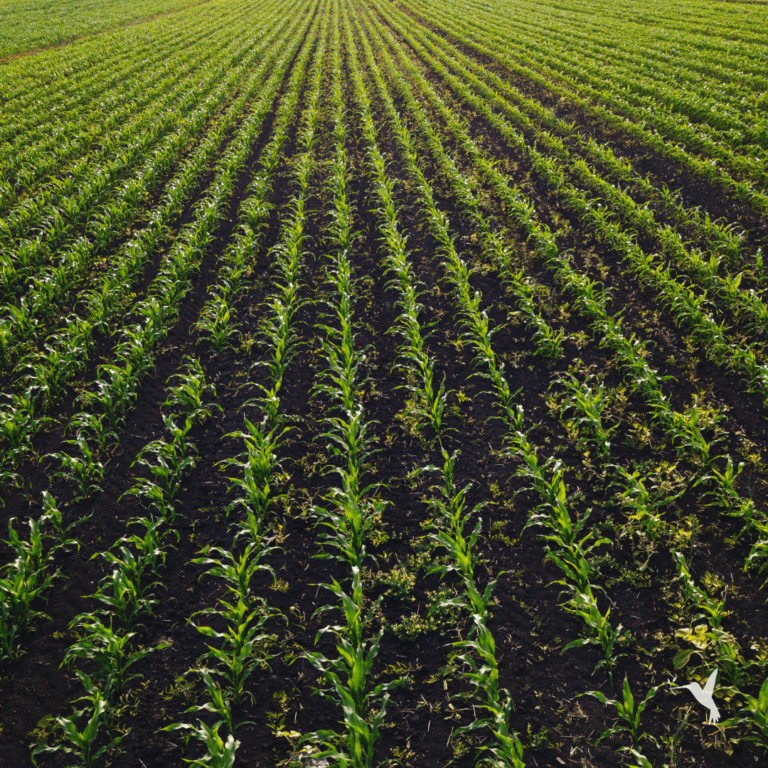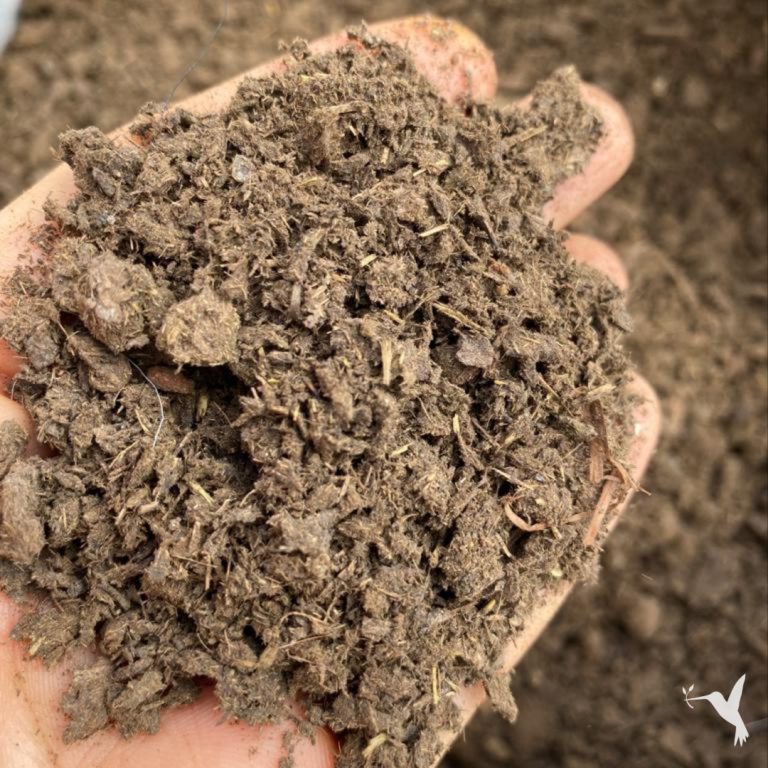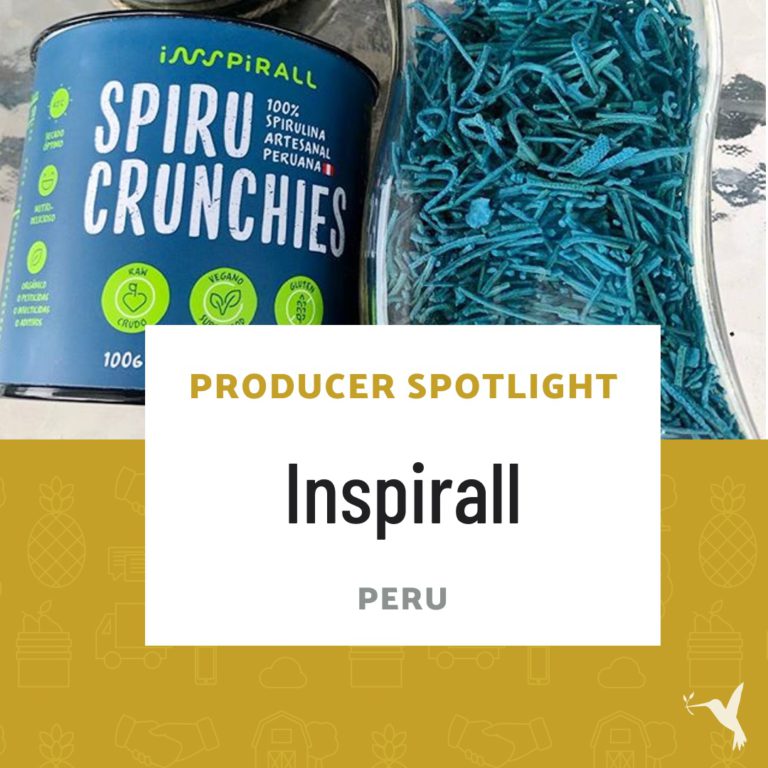Producer Spotlight: Trapiche Lucerna
Farming a Sweeter Future with Regenerative Agriculture
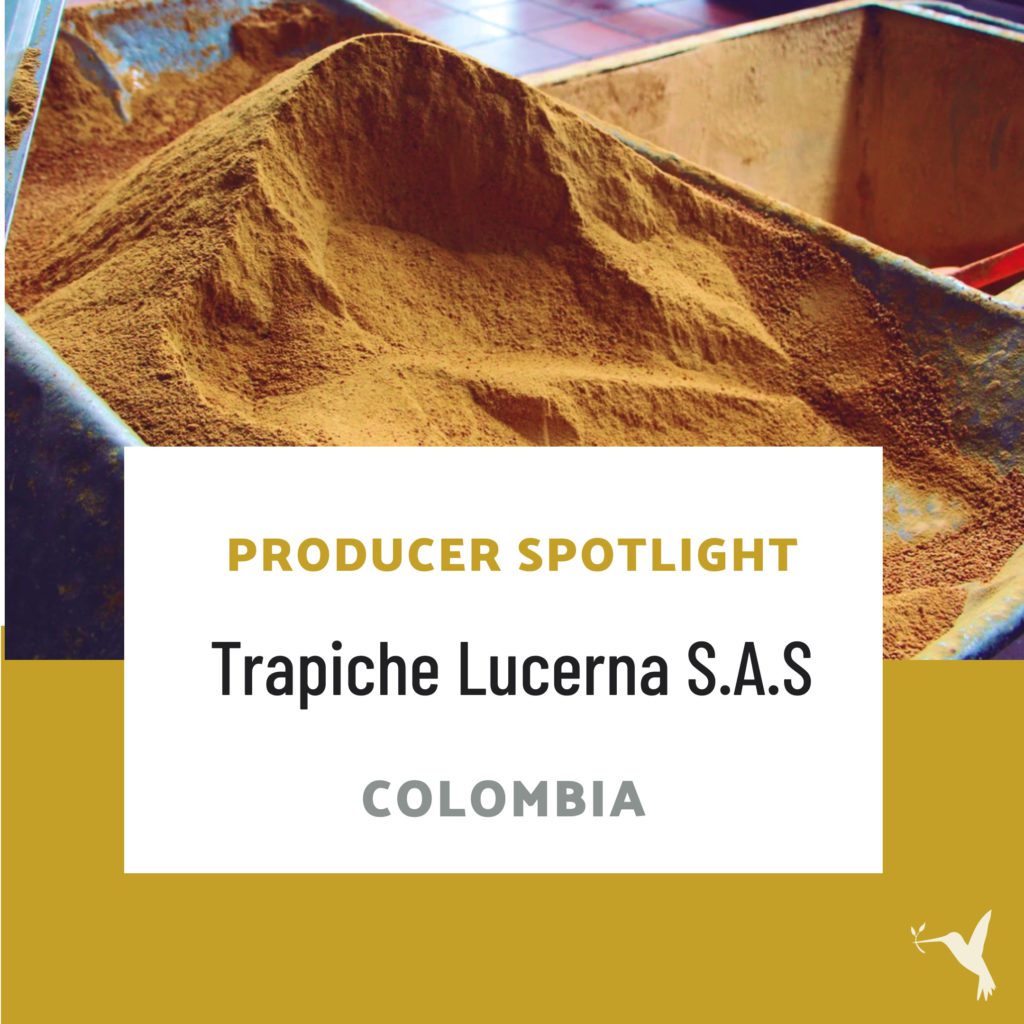
Valle del Cauca, Colombia is a hotspot for panela (raw cane sugar). The best-quality panela operations are located in this region. Among them, Trapiche Lucerna (Lucerna Sugar Mill) is a bright example of regenerative agriculture in action.
Spanish colonists brought the art of sugar milling to Colombia in the 16th century. Today, Trapiche Lucerna’s dedication to the development of innovative and inclusive production systems distinguishes it from others in the industry. The company is on a quest for the perfect balance of social and environmental sustainability.
The Lucerna Ranch is part of the collaborative vision of two pioneering families—the Molinas and the Castros. In the 1920s, Ciro Molina Garcés left the field of philosophy for the more grounded world of agriculture, creating the Reserva Natural El Hatico (El Hatico Natural Reserve) on his family’s land. In the 1960s, Carlos Durán Castro founded Hacienda Lucerna. Since then, the ranch has always been involved in some sort of production process, with a family member on the lead.
A common focus on sustainability and conservation has united the two families. Their shared values are evident in their firm preference for agroecological practices like intensive silvopasture systems that nourish soil and encourage biodiversity.
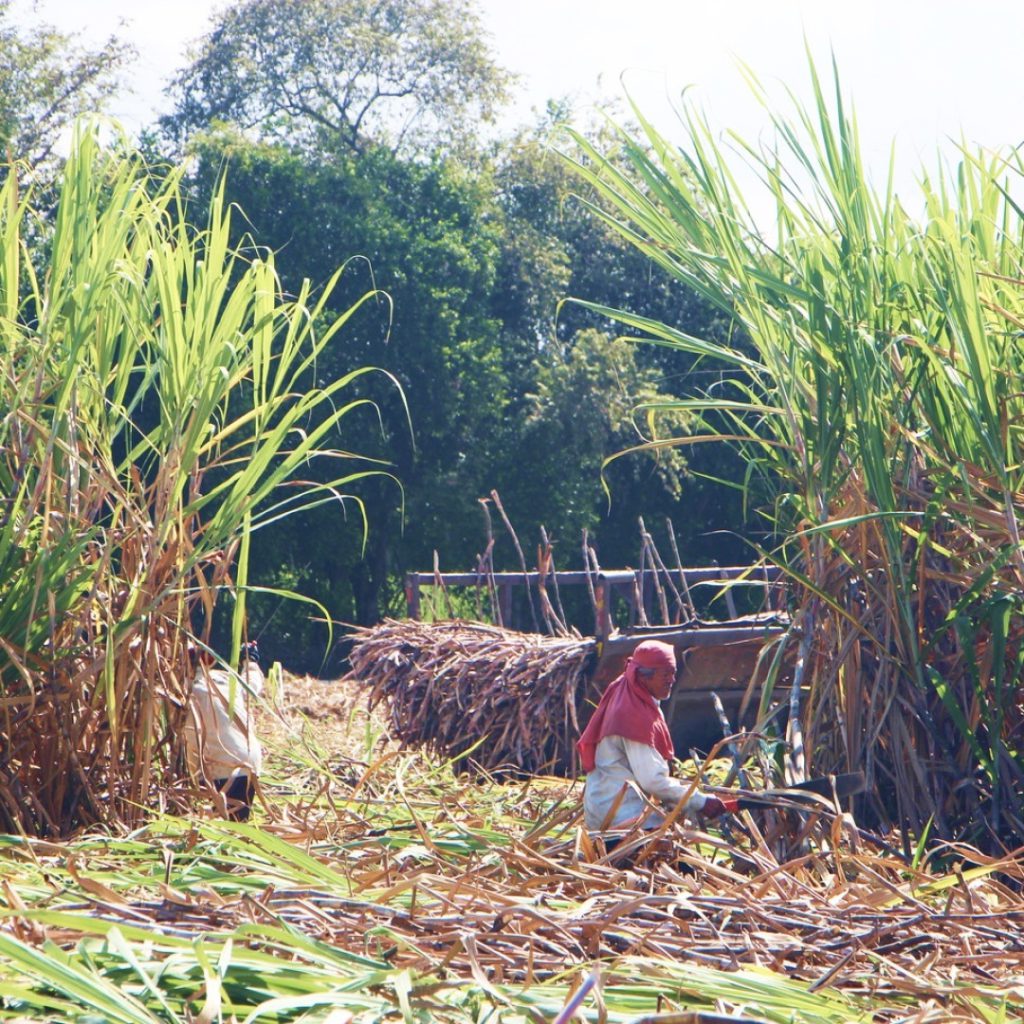
They stay away from pesticides and synthetic fertilizers, have been certified organic for 23 years, and generally orient their farming towards ”processes over products.”
”We are convinced that the current global model of socioeconomic development does not allow for sustainable planetary life support systems. Conscious of this reality, and starting with our own families and companies, we have been working consistently for almost four decades in the investigation, implementation, and monitoring of sustainable and organic production models.”
Trapiche Lucerna
Acting in harmony with nature is key. The families behind Trapiche Lucerna are working hand in hand with agronomists and the world of applied sciences to restore the nutritional capacity of the soil and its physiology, save water, and regenerate resources.
”We know these activities are the basis for feeding all living beings.”
Trapiche Lucerna
This is their legacy: Soils that are richer in nutrients than when farming began. Zero water pollution. A reduced carbon footprint. Natural control of greenhouse gas emissions. And last but not least, a greater awareness of these issues at the family level, and with every one of their collaborators.
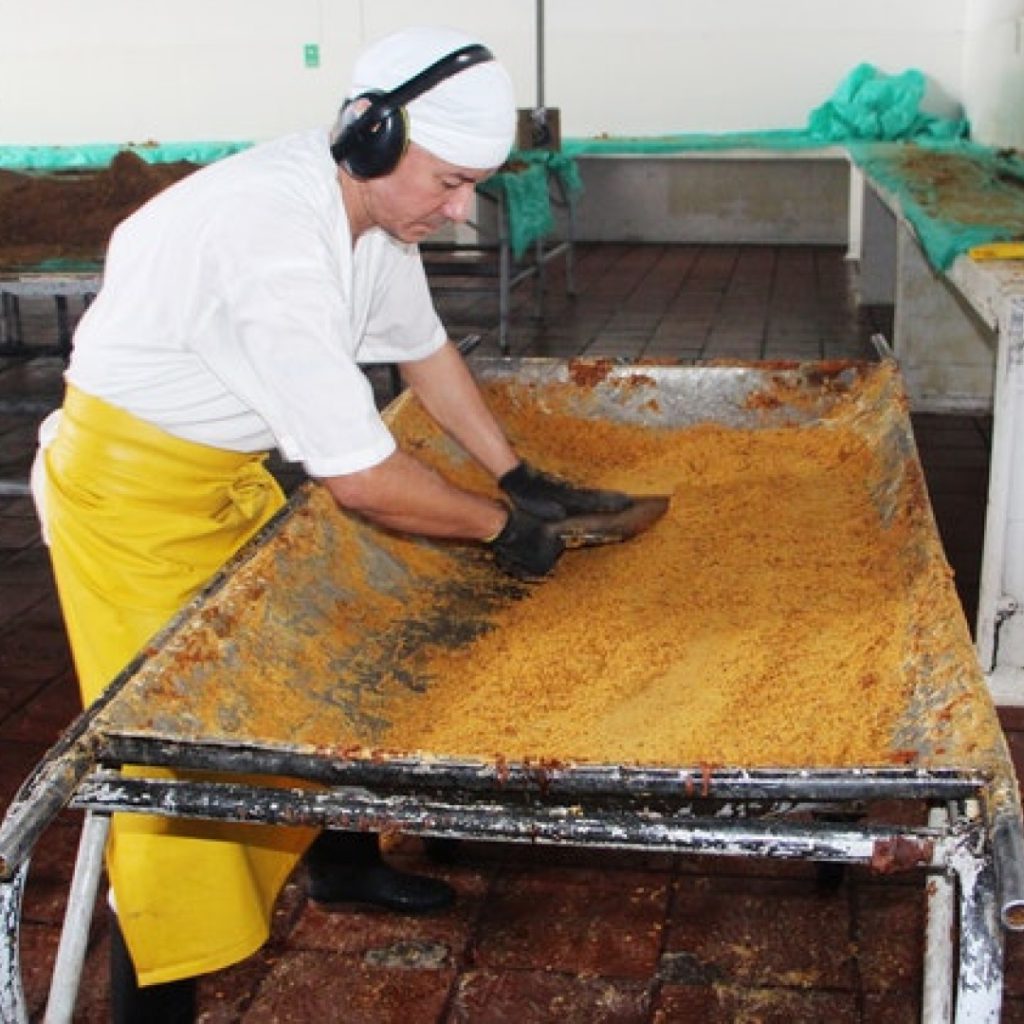
The intergenerational nature of this family-based operation has fostered a commitment to continue past work and pay it forward to future generations.
They are convinced that this is the best pathway toward a socially, economically, and environmentally sustainable future for the Colombian countryside.
Panela is quintessential and well-loved throughout Latin America, starring in staple recipes like melao, melcocha, and alfandoque. It also makes for a delicious sweetener in lemonade (a personal favorite). As I write this, a block of it sits in my kitchen waiting to be ground up and mixed with cinnamon to bake sweet plantains.
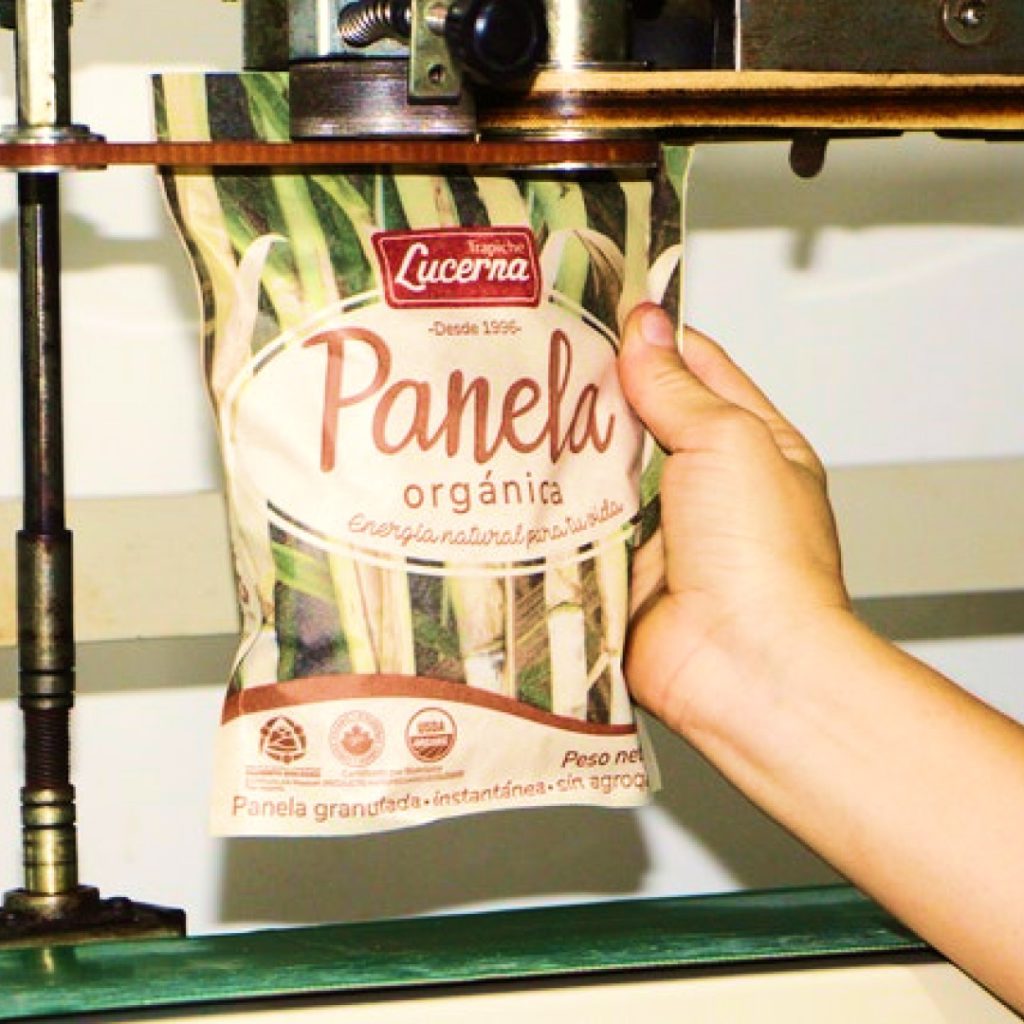
Call it by any of its many given names: panela, raspadura, chancaca, papelón, or tapa de dulce—this traditional sweetener isn’t going anywhere. And knowing about the care that goes into Trapiche Lucerna’s production process only makes their final product that much sweeter.
Learn more about Trapiche Lucerna in their Producer Profile, as well as their website. Also, learn here how to make a body scrub with their sugar!
